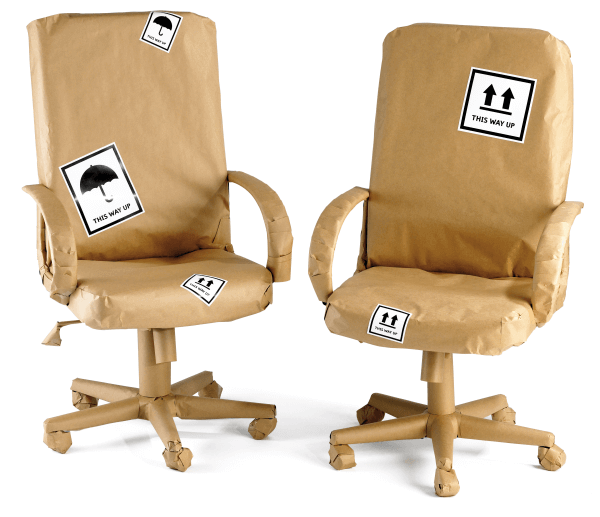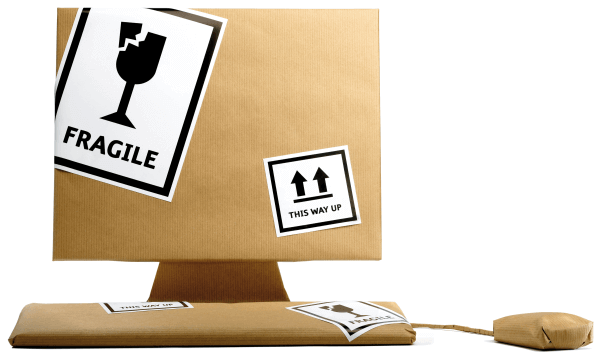Moving offices is a tricky, and often underrated, process during the relocation, up or downsize of your business. Once you have selected a location with great transport links, accessible parking, local amenities and a ‘pool’ of potential clients or employees, planning will be the key to how smooth and successful the move actually goes. Use the guide below in advance to ensure an (almost) stress free day.
Take your number with you
- Your telephone number is often the primary channel of contact for customers and suppliers and changing it can add a lot of confusion into the mix and potentially there will be business lost from people who didn’t get the memo. At Proactive, we planned a move to an office 500 yards from the previous and it wasn’t guaranteed that we could keep our number until we checked.
- You can usually take 0800, 0845 and any other telemarketing numbers with you wherever you go in the UK. If you move away from the area covered by your current telephone exchange, you can arrange to have your old number redirected to the new one.
- Give your telephone provider at least two months’ notice to make arrangements for your move.
Throw out clutter
- Keep anything that relates to current projects and clients. Filing them in sub-folders is a good way to keep the less important documents away from the essentials.
- Put any documents you haven’t used for 6 months in storage. Only keep out files that you are in the process of using or have a good reason to save.
- Save all master documents- it could take a lot of time or money to re-create them.
- Any legal documents should be saved, and scanned into your computer for back up.
- Tax returns should be kept for 6 years after you have filed them. Get advice from an accountant when deciding what to throw out with these documents.
- Donate any unwanted office furniture to charity, particularly if you are downsizing.
Think about what you need for your new office.
- If you are moving offices, the most likely explanation is that you are getting bigger or getting smaller. If this means more staff, you need to look into purchasing additional sets of personal equipment like computers, desks and telephones.
- Do you want open workspaces or separate cubicles for your workers? The move is giving you the opportunity to assess how you and your colleagues work currently, and whether a different office layout would increase productivity or efficiency.
Use the move as an excuse to upgrade
- Rectangular desks are the most space efficient; take this opportunity to create better spaces for your workers and potentially a tidier office environment.
- If you are still using bulky monitors, get rid of them for an inexpensive flat screen which will save space and make the office look tidier.
- You want to arrive at your new office in even better shape to do business than when you left your old one- make the changes now while everything is up in the air rather than in a few months when changing monitors for all staff will put your business out for a few hours (or worse- old monitors breaking unexpectedly!)
Notify people, anticipate down time
- Let clients, suppliers, neighbours and associates know of the move in advance. A postcard is a great cost effective method of doing this. Not only does it inform every one of your new contact details and information but it might serve as a reminder to previous clients of your services potentially bringing in an order.
- If up time is an important element of your business, choose an out of hours time to move but make sure that members of staff will be available to supervise and test new connections.
Stationery
- A common slip up when businesses move is forgetting to re-print their stationery with the correct office address.
- It looks unprofessional to cross out or stick a label correcting the address on a business card, letterhead or compliment slip. (It sounds ridiculous- but we’ve seen it happen!)
- Recycle all old stationery so there is no confusion. Guillotine and use letterheads and compliment slips for scrap paper.
- Take the opportunity to have some work done on your design. At Proactive, we have different types of artwork packages for different types of client and will work with you to come up with something that stands out and gives your business a fresh lease of life.
- Use a wall planner to keep everyone up to date of who is on holiday and which meetings are taking place. (We are giving some out just in time for the New Year if you ask us nicely!)


